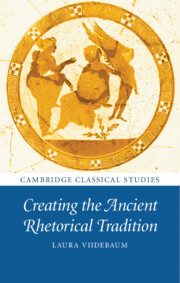Book contents
- Creating the Ancient Rhetorical Tradition
- Cambridge Classical Studies
- Creating the Ancient Rhetorical Tradition
- Copyright page
- Dedication
- Contents
- Acknowledgements
- Abbreviations
- Introduction
- Part I Lysias, Isocrates and Plato: Ancient Rhetoric in Athens
- Part II Creating the Ancient Rhetorical Tradition: Dionysius of Halicarnassus in Rome
- Bibliography
- Index
- References
Bibliography
Published online by Cambridge University Press: 03 November 2021
- Creating the Ancient Rhetorical Tradition
- Cambridge Classical Studies
- Creating the Ancient Rhetorical Tradition
- Copyright page
- Dedication
- Contents
- Acknowledgements
- Abbreviations
- Introduction
- Part I Lysias, Isocrates and Plato: Ancient Rhetoric in Athens
- Part II Creating the Ancient Rhetorical Tradition: Dionysius of Halicarnassus in Rome
- Bibliography
- Index
- References
Summary
- Type
- Chapter
- Information
- Creating the Ancient Rhetorical Tradition , pp. 245 - 270Publisher: Cambridge University PressPrint publication year: 2021
- Creative Commons
- This content is Open Access and distributed under the terms of the Creative Commons Attribution licence CC-BY-NC-ND 4.0 https://creativecommons.org/cclicenses/

